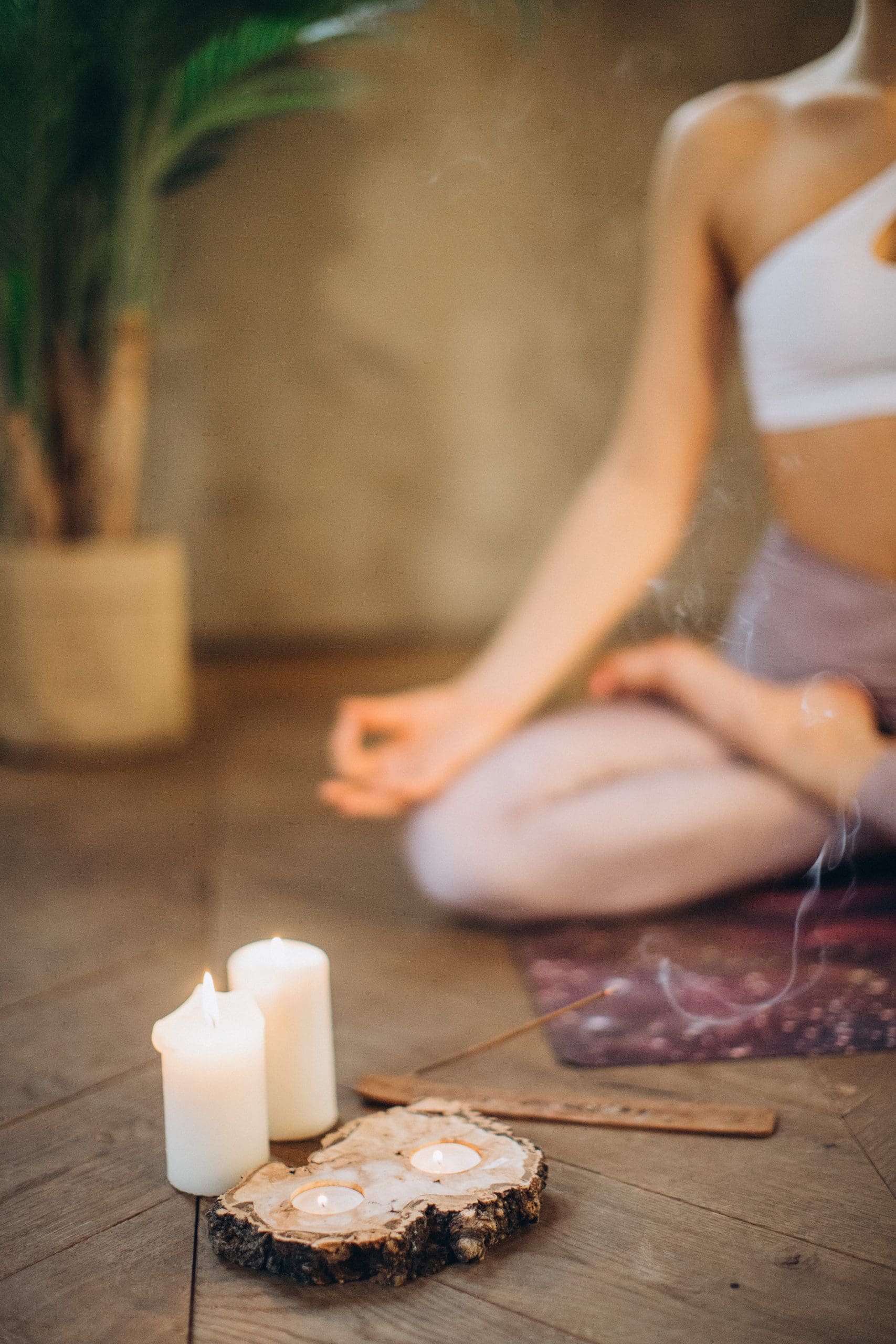Mindfulness is not new. The concept, which has existed in Buddhist traditions for 2,500 years, is defined as a mental state achieved by focusing one’s awareness on the present moment, while calmly acknowledging and accepting one’s feelings, thoughts and bodily sensations. When we move away from the practice of mindfulness, our ability to handle stress can take a hit. While mindfulness isn’t as easy as it sounds—it requires us to face the uncomfortable feelings that we may have been avoiding with being “too busy”—when it comes to sleep, it’s a muscle that is invaluable to flex and something that needs consistent practice in order to become fluent in quieting the mind and feeling comfortable with just being.

We are still in a worldwide traumatic experience, and stress levels are higher than ever. With the increased stress, our physical and mental health suffer. The research shows that mindfulness can decrease our sensitivity to stressors, increase our ability to manage stress, improve concentration, physical resilience and reduce symptoms of anxiety, burnout, depression and even sleep quality! When it comes to embedding mindfulness, this does not necessarily mean carving out 30 to 60 minutes to meditate. Mindfulness can look like many different actions. Here are a few examples.
mindful eating. We all eat right? When you are eating, practise slowing down and savouring each bit of food. Use all five senses to experience the joy of eating. Notice the smells that are coming off your plate. Look at the different colours and shapes you see. Slowly bring the food to your mouth and notice the different textures you are experiencing. Notice the sounds that are surrounding you and occurring inside your own body. Again remember, discomfort may come up but keep going and bring yourself back to the present moment.
cloud watching. When you are outside, take a moment to look up. You can either do this walking (be careful where you step) or lay down looking up at the sky. Spend a few minutes here watching the clouds transform into different shapes. Notice the moment. Notice how fast the clouds are moving. Notice any cool air you feel on your body and the grass beneath you.
walking mindfully. Many of us are walking outside either somewhere or just for pleasure. When you are walking, notice each step you take and the feeling you get from your feet planting on the earth. Take a moment to notice the scents of the flowers around you and the people walking by. Whenever you find your mind wandering into thought, thank your thoughts and continue to bring yourself back to the joy that is the present moment.
mindful chores. Every day we are doing different chores, some we like and some we don’t like. This is a perfect opportunity to build your mindfulness practice. Notice all of the different feelings and thoughts that are coming up during these tasks and practice noticing them and letting them float on by like a cloud. This will make those chores more meaningful and maybe you will find some peace and joy!
When it comes to mindfulness this can look different for everyone. It is important to find what works for you, stay present and, when you do get hooked in with your thoughts, bring yourself back using your five-senses exercise. It is best to practise this multiple times a day for best benefits! Once you are able to do this during the day, practise in the evening when lying in bed. If you find yourself awake and thoughts coming through, thank them for showing up and allow yourself to rest. —Nicole Shallow
For more sleep tips be sure to follow Nicole on Instagram and online.

Be the first to comment